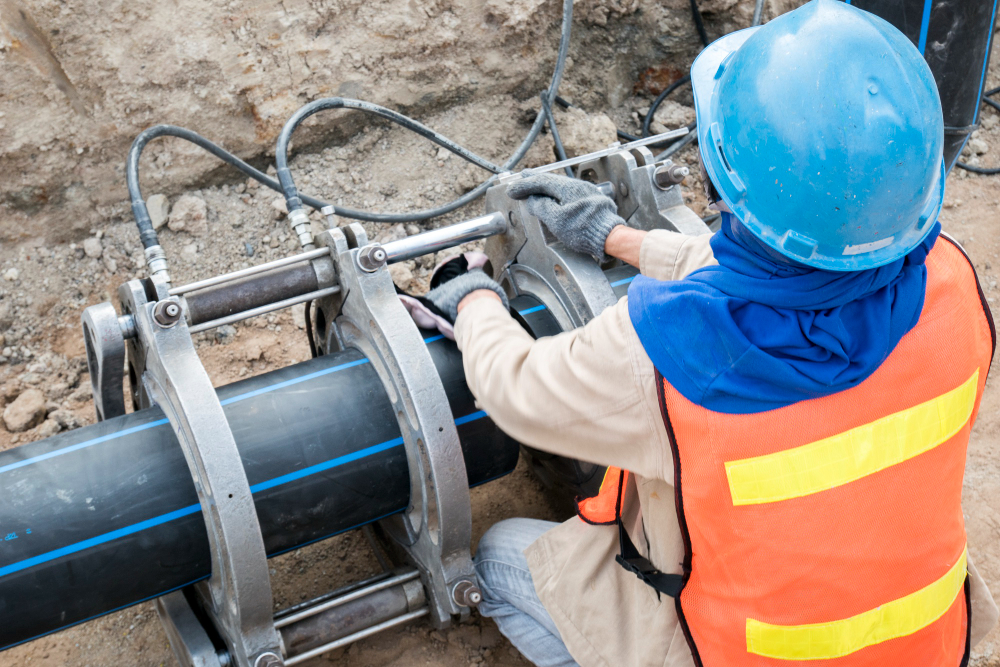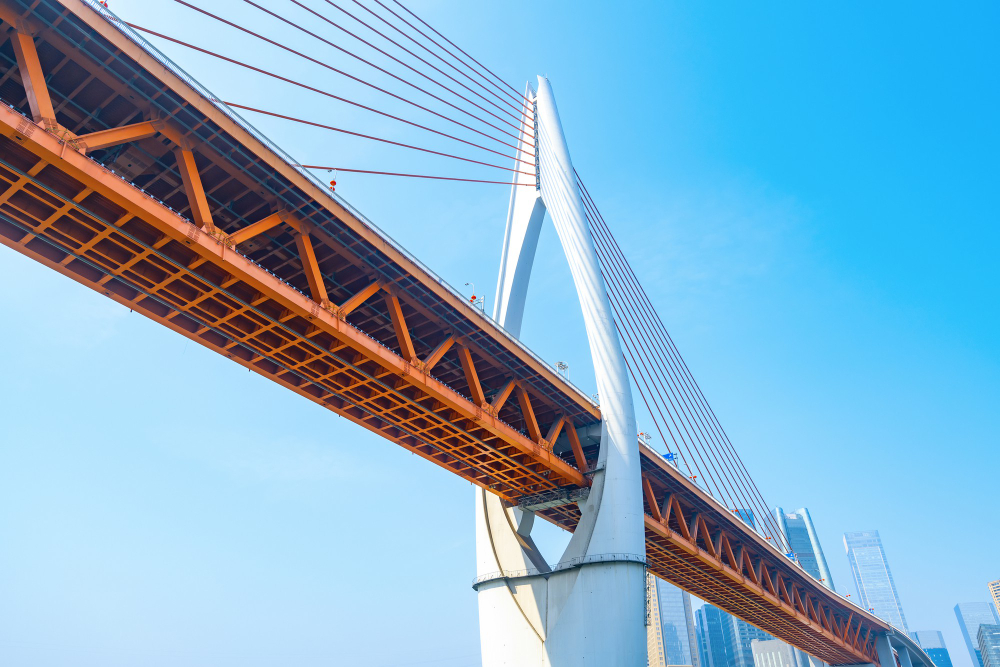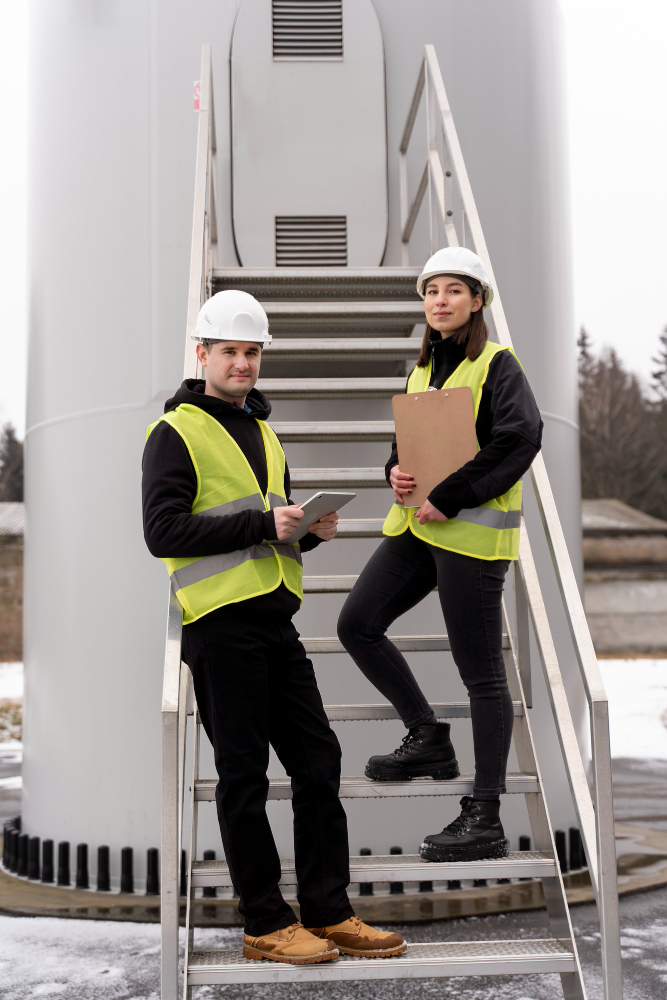Last updated on
Infrastructure maintenance is an essential aspect of preserving the functionality, safety, and longevity of various systems and structures that form the backbone of societies. Roads, bridges, buildings, water and sewer systems, electrical grids, and telecommunications networks are among the critical components of infrastructure that require regular maintenance to ensure optimal performance.
This article aims to explore the significance of infrastructure maintenance, the different types of maintenance approaches, the challenges faced, and the importance of investing in upkeep for sustainable development and safety.
Importance of Infrastructure Maintenance

Maintaining infrastructure is vital for sustaining economic growth, ensuring public safety, and enhancing the overall quality of life. Regular maintenance helps prevent deterioration, structural failures, and service disruptions that could pose risks to public safety and disrupt daily life.
For instance, maintaining roads and bridges prevents potholes, cracks, or structural weaknesses that could lead to accidents. Similarly, maintaining water and sewer systems prevents leaks, contamination, and service disruptions, safeguarding public health.
Infrastructure maintenance also plays a role in preserving the value of assets, reducing repair costs, and extending the lifespan of critical systems. A factory or warehouse with well-maintained roads and utilities has better access for employees, suppliers, and customers, increasing its value and making it more attractive to potential investors.
Additionally, regular maintenance helps identify minor issues before they turn into major problems that require costly repairs or replacements. From rope access to regular inspections of pipelines, investing in upkeep can save time and money in the long run. Plus, well-maintained infrastructure is more durable and can last longer before requiring major overhauls or replacements.
Amidst the critical importance of infrastructure maintenance, real-life incidents like the Camp Lejeune water contamination lawsuit underscore the severe health risks associated with compromised infrastructure. Instances where pollutants infiltrate water systems, leading to long-term health consequences like cancer, serve as stark reminders of the potential repercussions when maintenance is neglected. This emphasizes the significance of regular upkeep to safeguard public health and well-being.
Types of Infrastructure Maintenance Approaches

Infrastructure maintenance encompasses various approaches aimed at preserving and improving different types of systems. Reactive maintenance involves addressing issues after they occur, such as repairing a road after it develops potholes. Preventive maintenance involves scheduled inspections and upkeep to prevent failures, like regular servicing of machinery or repainting bridges to prevent corrosion.
Predictive maintenance relies on data and technology to anticipate failures by monitoring performance indicators, allowing for proactive intervention before issues arise. Proactive maintenance aims to improve systems continuously, implementing upgrades or modernization to enhance efficiency, safety, and reliability.
Challenges in Infrastructure Maintenance

Several challenges often hinder effective infrastructure maintenance. One challenge is insufficient funding or budget constraints, leading to deferred maintenance and the inability to address aging infrastructure adequately. Another challenge is prioritization, as limited resources often require choosing between various maintenance needs.
A lack of skilled personnel or expertise can also hinder maintenance efforts, impacting the quality and timeliness of upkeep activities. Additionally, adverse weather conditions, natural disasters, and environmental factors can accelerate infrastructure deterioration, necessitating more frequent and intensive maintenance efforts.
Importance of Investing in Infrastructure Maintenance

Investing in infrastructure maintenance is critical for ensuring the resilience, sustainability, and functionality of essential systems. Proper upkeep not only prevents costly repairs and replacements but also contributes to economic growth by ensuring efficient transportation, reliable utilities, and safe buildings.
Additionally, well-maintained infrastructure supports public safety, reduces disruptions to daily life, and enhances the overall quality of communities. Furthermore, investing in maintenance helps to mitigate long-term risks, such as infrastructure failure, environmental hazards, and potential economic losses resulting from service interruptions.
The Takeaway
Iinfrastructure maintenance is integral to the functioning and safety of societies, encompassing various systems and structures that support daily life and economic activities. Understanding the importance of maintenance approaches, addressing challenges, and investing in regular upkeep is crucial for preserving infrastructure integrity, sustainability, and resilience.
Governments, organizations, and communities must prioritize infrastructure maintenance, allocate sufficient resources, and adopt proactive strategies to ensure that critical systems remain in optimal condition for the well-being and progress of society.
Table of Contents




